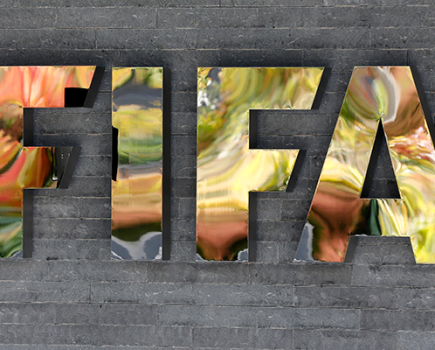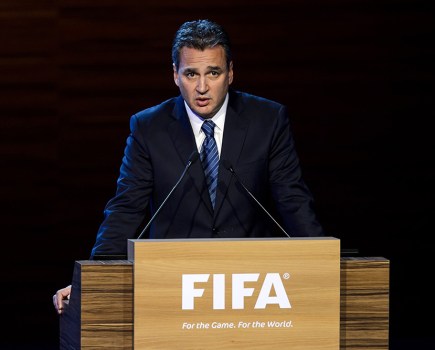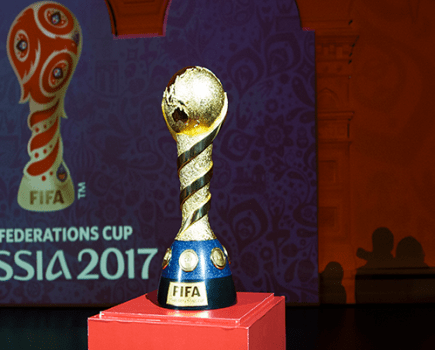 Michel Platini’s virulently-expressed opposition to goal-line technology has damaged the cause and credibility of the five-officials system which he has championed.
Michel Platini’s virulently-expressed opposition to goal-line technology has damaged the cause and credibility of the five-officials system which he has championed.
FIFA president Sepp Blatter may not have been too sad to witness Platini’s discomfiture after the Ukraine-England incident when the Hungarian goal-line assistant missed, inexplicably, the ‘goal’ which John Terry hooked back into play.
Unfortunately the incident presented the issue as a issue of one system against the other – a perception which suited those voluble critics of the five-man system both directly in the game (such as Arsenal manager Arsene Wenger) and in the media (such as BBC Radio commentator Alan Green).
In fact, goal-line technology and the five-man system [formally AAR = Additional Assistant Referees] undertake different jobs. This makes it perfectly proper for FIFA to consider using both systems at the 2014 World Cup (though this presents the snag that only Europe uses AAR to any significant degree).
Andy Roxburgh, head of UEFA’s technical team assessing Euro 2012, told this writer earlier in the week that the deterrent effect of goal-line assistants had been rewarded with significantly less pulling and pushing in the penalty boxes at corners and free kicks.
Interestingly, UEFA switched the assistants from the right-hand side of goal to the left (i.e., the same side of the ‘near’ linesman) for Euro 2012 by comparison with the European club competitions. This may well be the model for the future because it gives the referee freedom to run his diagonal.
Initially, to console Platini, the approval of GLT by the lawmaking International Board, has more public relations than practical value. This is because the installation of GLT is more complex than its simplistic supporters credit.
Indeed, it may even be that IFAB’s decision – largely overlooked – to approve the ‘safe’ headscarf for Muslim women players has a wider effect on the development and perception of the game right across the Middle East.
FIFA’s own Club World Cup, in Japan in December, will be the first public outing for the two systems which emerged triumphant from the rigourous testing process undertaken by the Swiss technology institute EMPA.
The systems are camera-based Hawkeye – a name already familiar in the world’s of top-level tennis and cricket – and the German/Danish GoalRef collaboration; the latter system is sensor-based.
Now that IFAB has said Yes, however, it is likely that many more technology companies with an eye to business will develop systems of their own. This is expected to help push down the price so that, in time, GLT is in use in a significant number of leagues.
FIFA is planning also to use goal-line technology in Brazil at the Confederations Cup next summer and then at the World Cup finals in 2014. It could also use the five-officials system – which was also approved after three years of experimentation in European club competitions, Morocco, France and Brazil.
Any league or federation which wishes to use a GLT system should go direct to the companies to negotiate installation time and price, maintenance costs etc. Each individual stadium installation would need to undergo a FIFA quality test before being approved for ‘match action.’
These are the practical considerations preventing the enthusiastically supportive English Premier League from rushing in from the start of the new season. However Football Association general secretary Alex Horne has suggested it might be possible to launch by next season’s mid-point.
One essential of the system is that must be used by every team in a competition. This is why it will not be seen in the Champions League for a very long time. Only the wealthy leagues – England, Germany, Italy and Spain – can afford the costs and their clubs represent only a small minority of the number of clubs in European competitions.
One of the stipulations of IFAB was that the referee should receive a confirmatory signal to a ‘wristwatch’ within one second. Thus the decision is virtually instantaneous and there is no noticeable halt to the game (beyond that essential for the restart of play).
So fans should not expect to see a cricket or tennis-style big-screen graphic – a disappointment for TV directors around the world.






